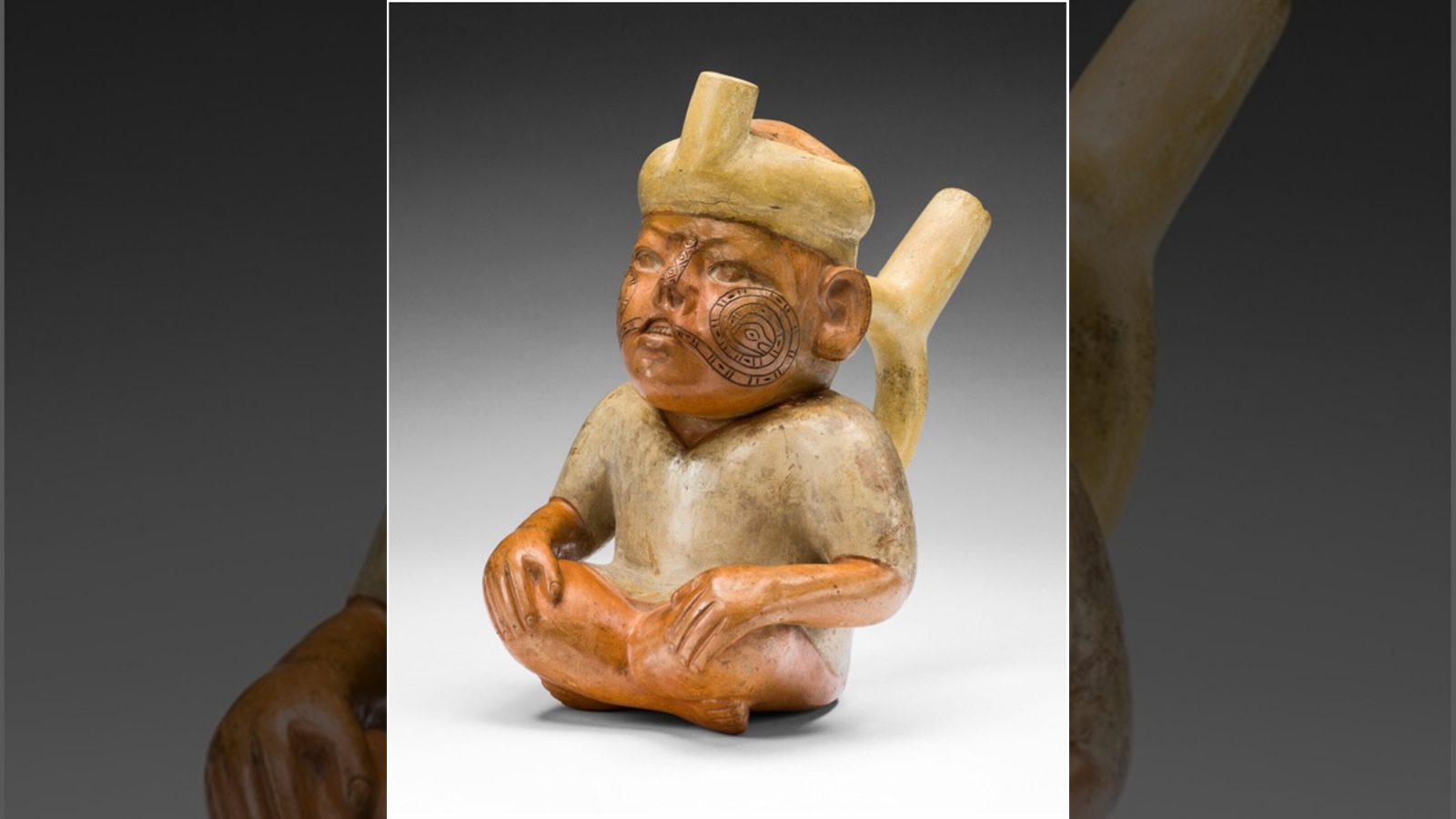5 Crazy Chapters in the History of Daylight Saving Time

On Sunday, most Americans will wake up only to realize they've lost an hour of their weekend to daylight saving time — the price we pay for eight months of well-lit evenings.
Unless you live in Arizona or Hawaii, which don't observe daylight saving, you're probably used to this routine by now. But the history of daylight saving time has been anything but peaceful, from its first wartime introduction to its ongoing controversy today.
Bright idea
Ben Franklin gets credit for thinking up the idea of daylight saving time, albeit with his trademark wit. As ambassador to Paris, Franklin wrote a letter to the Journal of Paris in 1784 of his "discovery" that the sun gives light as soon as it rises, and needling Parisians for their night-owl, candle-burning ways.
"Ben Franklin had the basic concept," said David Prerau, author of "Seize the Daylight: The Curious and Contentious Story of Daylight Saving Time" (Thunder's Mouth Press, 2005). What Franklin lacked, Prerau said, was a useful way to force everyone into living by the sun's rules — other than some "humorous ideas" that Parisians surely wouldn't have found very funny, including shooting off cannons at sunrise every morning.
Others took daylight saving time much more seriously, particularly William Willett, an Englishman who loved his early-morning horseback rides, Prerau told LiveScience; Willett he couldn't believe that everyone else wanted to sleep in after the sun came up. He also touted the benefits of longer hours of daylight in the evenings. [Gallery: Our Amazing Sun]
Willett managed to get the idea of moving the clock forward during the summer months proposed in Parliament in 1908, but it was shot down.
Get the world’s most fascinating discoveries delivered straight to your inbox.
"Willett was a steadfast guy, and so he proposed it again in 1909, 1910, 1911, and Parliament rejected it all those times," Prerau said.
Willett might have kept this up, but he died in 1915, never to see his beloved daylight saving plan reach fruition.
Wartime rally
If Willett couldn't convince the British populace that daylight saving time was needed, the Germans could. In 1916, with World War I ratcheting up, Germany put itself on daylight saving time to save energy for the war effort. Britain followed a month later.
When the United States got involved in the war in 1918, they too instituted daylight saving time. President Woodrow Wilson even wanted to keep the new system after the war ended. But at the time, the country was mostly rural. Farmers hated the time change, because their jobs were dependent on the sun, and daylight saving time put them out of sync with the city people who sold them goods and bought their products. Congress repealed daylight saving time, Wilson vetoed the repeal, and Congress promptly overrode his veto, a fairly rare occurrence.
"It's been contentious," Prerau said.
Total confusion
When World War II hit, daylight saving time came back into vogue, again to save energy for the war effort. The U.S. instituted daylight saving time less than a month after the Japanese attack on Pearl Harbor, Prerau said. This time, though, America's increasingly industrialized population wasn't as keen on losing their post-work daylight after the war ended. So when the national law requiring the time switch was repealed, some towns stuck with daylight saving. [Hit Snooze: 10 Best Alarm Clocks]
It was chaos. One 35-mile bus ride from Moundsville, W.Va., to Steubenville, Ohio, took riders through no less than seven different time changes, Prerau said. At one point, the Twin Cities of Minneapolis and St. Paul were on different clocks, creating confusion for workers who lived in one city and commuted to the other.
"The suburbs didn't know what to do at all," Prerau said.
Uniform time
This every-town-for-itself system couldn't last long. In 1966, Congress passed the Uniform Time act of 1966, specifying that states didn't have to get on the daylight saving bandwagon, but that if they did, the whole state had to comply. And the federal government would determine the days of "springing forward" and "falling back," the law stated, eliminating the problem of towns and cities setting their own daylight saving dates.
Expanding daylight saving
Since that time, Congress has expanded the length of daylight saving time three times, once in the 1970s during the country's energy crisis, once in the 1980s, when April got brought under the daylight saving umbrella, and finally in 2007. Today, daylight saving time encompasses March into November.
The reasoning given for each of these changes was to save energy, Prerau said, but there are other benefits to springing forward. Fewer cars on the road on dark evenings mean fewer traffic accidents. And more daylight means more outdoor exercise for the after-work crowd.
On the other hand, expanding daylight saving time to encompass any more of the year might cause trouble. Russia shifted their clock to permanent daylight saving time in 2011, which worked fine until the depths of winter. Suddenly, the sun was rising at 10 a.m. in Moscow and 11 a.m. in St. Petersburg, Prerau said. People aren't fond of starting their days in the pitch-black, he said, and now there's talk of reversing the decision.
Editor's Note: This article was updated at 4:41 p.m. ET to correct Allentown, W.Va to Moundsville, W.Va.
You can follow LiveScience senior writer Stephanie Pappas on Twitter @sipappas. Follow LiveScience for the latest in science news and discoveries on Twitter @livescience and on Facebook.

Stephanie Pappas is a contributing writer for Live Science, covering topics ranging from geoscience to archaeology to the human brain and behavior. She was previously a senior writer for Live Science but is now a freelancer based in Denver, Colorado, and regularly contributes to Scientific American and The Monitor, the monthly magazine of the American Psychological Association. Stephanie received a bachelor's degree in psychology from the University of South Carolina and a graduate certificate in science communication from the University of California, Santa Cruz.


